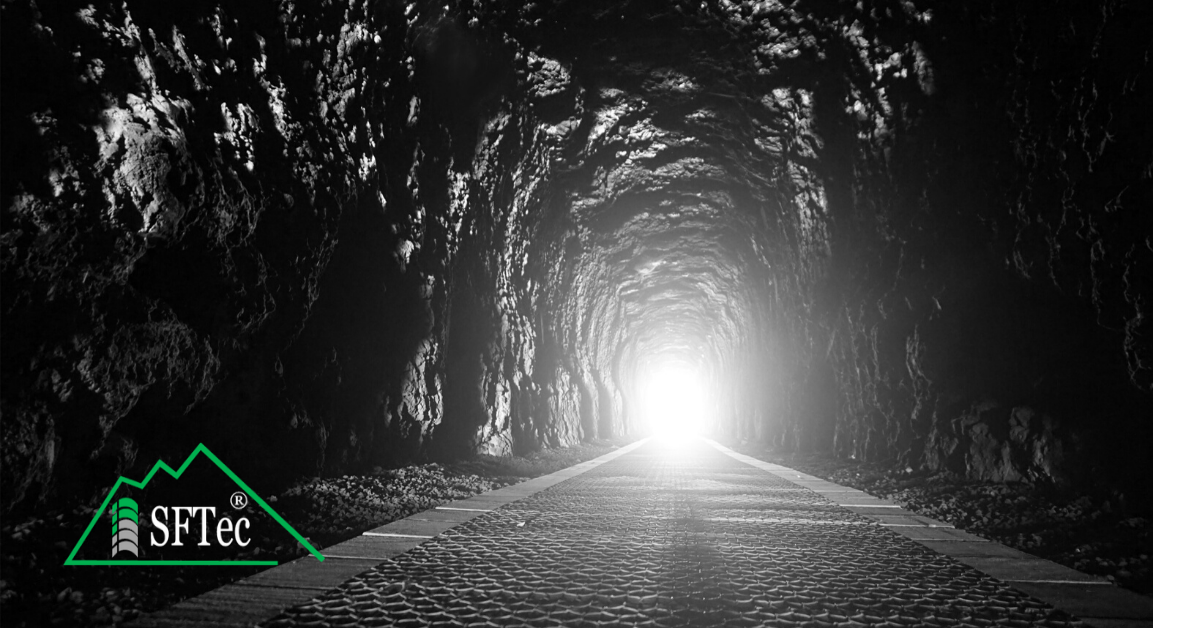The precast tunnel segments are considered to be one of the most challenging projects in the field of structural engineering in terms of durability. It is important to consider several factors when evaluating the success of this kind of project including the aggressivity of soils, significant temperature fluctuations, as well as environmental obstacles (such as the collection of waste water that could impact the tunnel’s integrity). This is where the implementation of FRP rebar comes in as an innovative solution to these problems. Glass FRP (GFRP) reinforcing bars have recently gained wide acceptance as a viable construction material for sustainable new constructions mainly due to the lower costs compared to the other FRP types.
Let’s discuss further why the use of FRP rebar could help you get a better outcome in your next tunnel project.
Avoid corrosion problems
One of the most common disadvantages of steel is its low resistance to corrosion. The use of GFRP bars in tunnel segments reduces the concrete layer which prevents it from crashing during the segment handling process and from creating dielectric joints, an outcome that is most common when using conventional steel bars. Moreover, the electric conductivity of steel rebar increases the vulnerability to create electric joints, often leading to corrosion which can require high maintenance costs and frequent repairs.
The cost of conventional steel bars is highly increased when one considers the overall investment related to the tunnel construction, repairs and maintenance for a certain project; in comparison, when using GFRP bars no such added costs impact that same project. One of the best practices of FRP rebar is in the demolition or modification of tunnel segments in metro or railway lines after the tunnel excavation has already been completed. Regardless of the purpose of the project, GFRP bars are considered to be a decent alternative to steel reinforcement due to their many advantages.

Lower segment weights
When dealing with precast tunnel segments, it is understood that transportation is required. The additional advantage of GFRP bars that can facilitate this task is their lower weight. In fact, the weight of FRP rebar is 25% of the weight of a steel bar. This lighter mass reduces the total weight of precast segments involved in the project, making transportation easier and overcoming the transportation machinery weight restrictions. Regardless of the type of project, knowing you can achieve the same results with a lighter more durable material should be a good argument for turning to FRP rebar in your next precast tunnel segments project.

Long term success
As an engineer, you understand the importance of always thinking of the long term. Can you really start a project without taking into account where you envision it in a few years? Most of the time, long term durability is one of the most crucial factors of a project, especially when it involves concrete. FRP rebar is known for its structural durability because of its many qualities including its high resistance to corrosion, its flexibility, and its inability to conduct electricity and chemicals. In fact, they are also most commonly used in outdoor projects due to their ability to face nature’s challenges and resist certain damages for a long period of time. Therefore, when thinking of the long term, FRP rebar is the best option.
The advantages associated with GFRP bars paved the way to successful field applications as concrete reinforcement, especially in precast tunnel segments. Promoting such technology will allow you to create a smart, green and durable structure.
Want to learn more about FRP rebar? Visit our website to find out what other applications FRP rebar can be used in https://sftec.ca/applications/.



